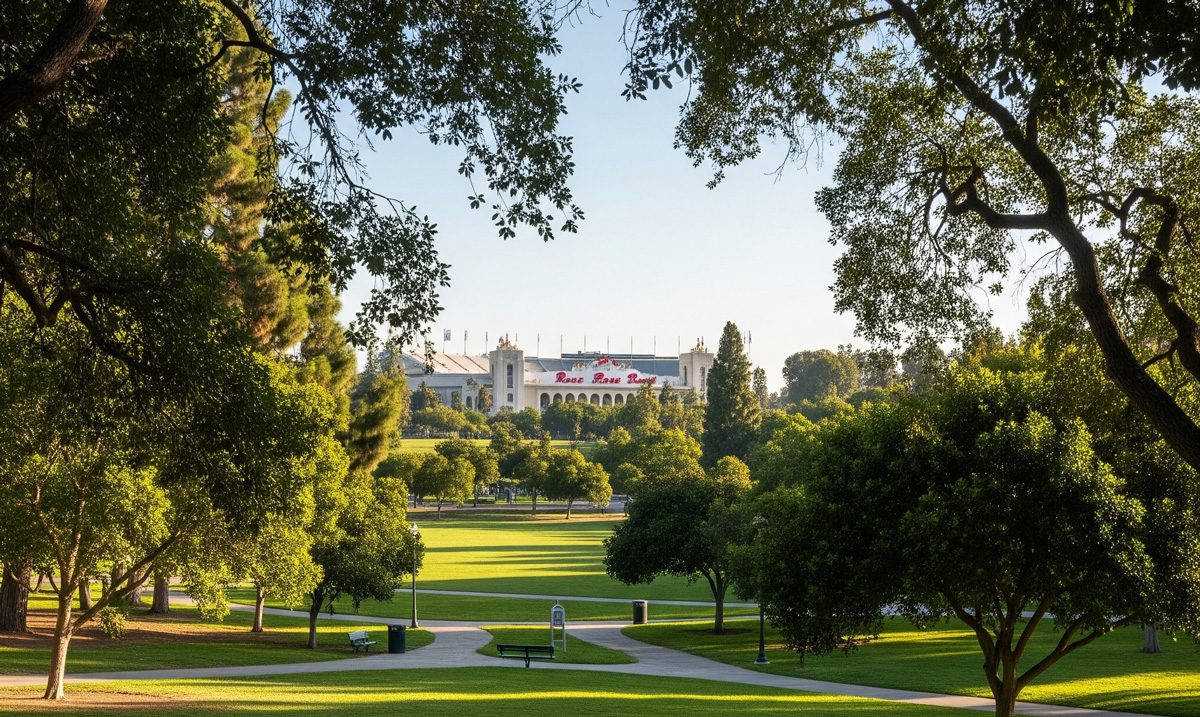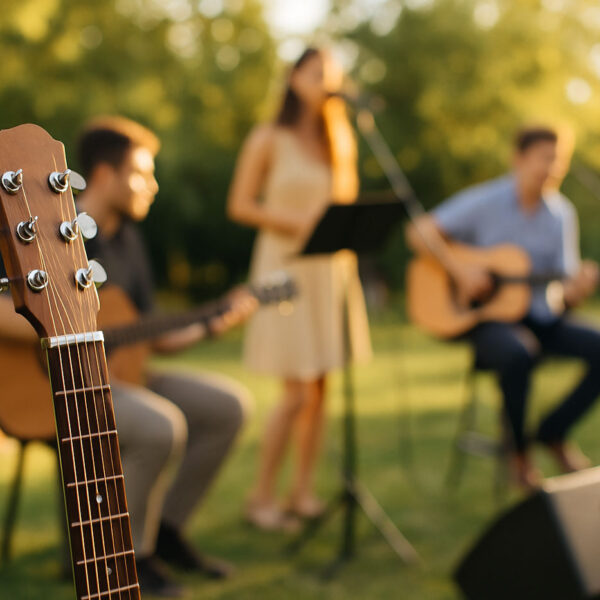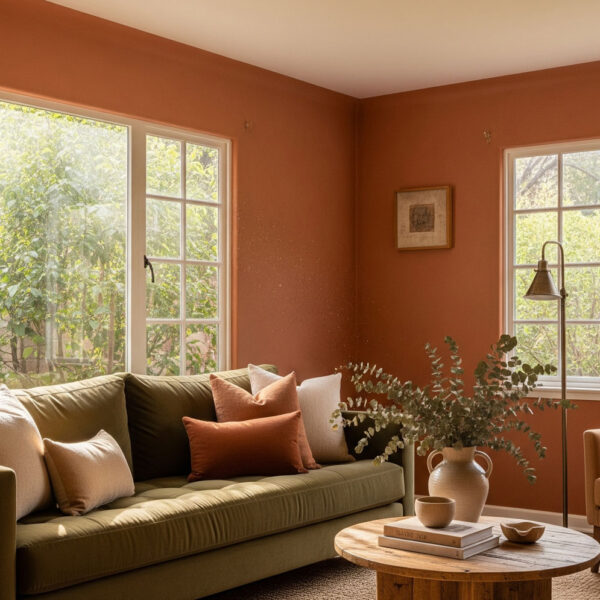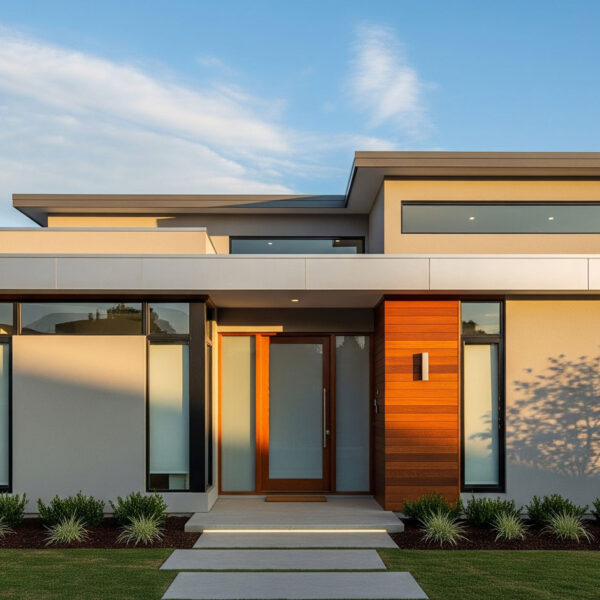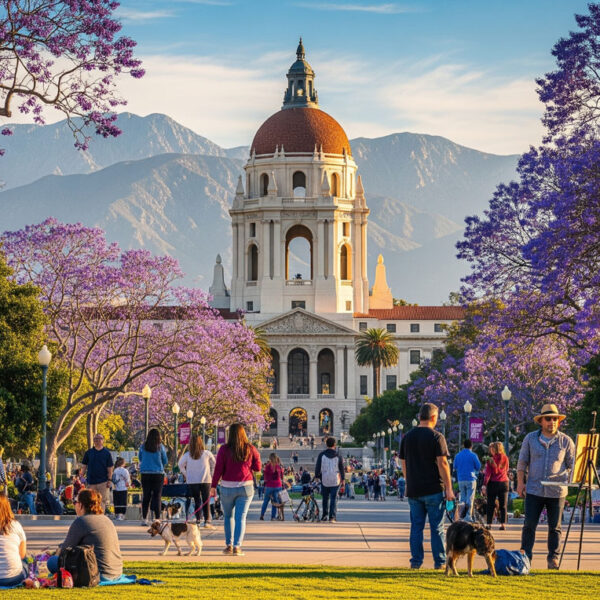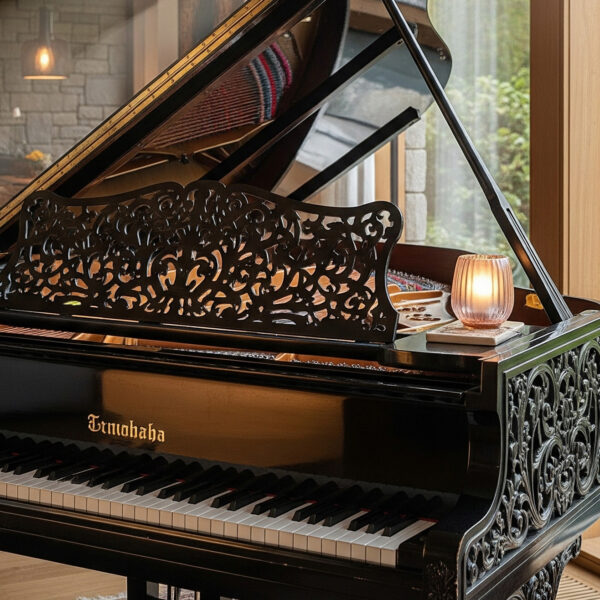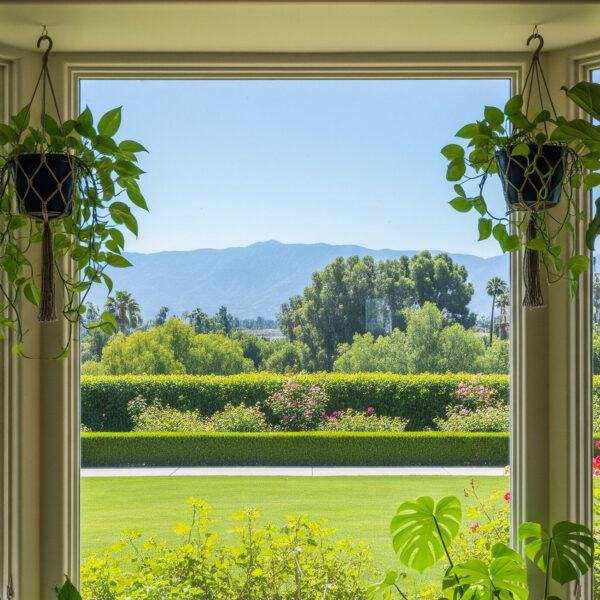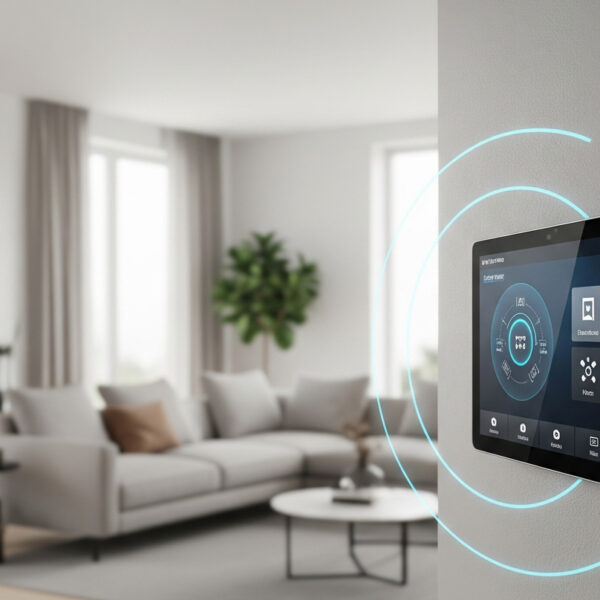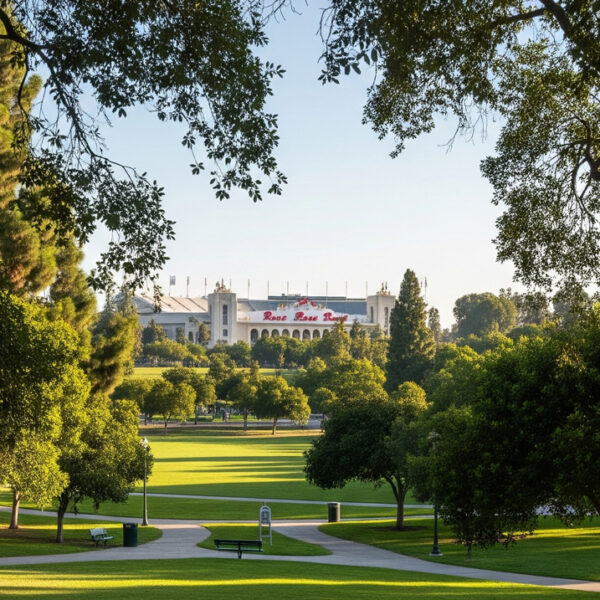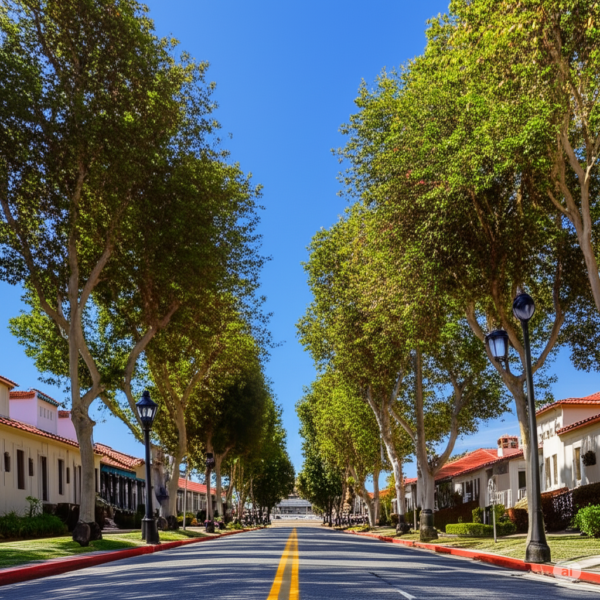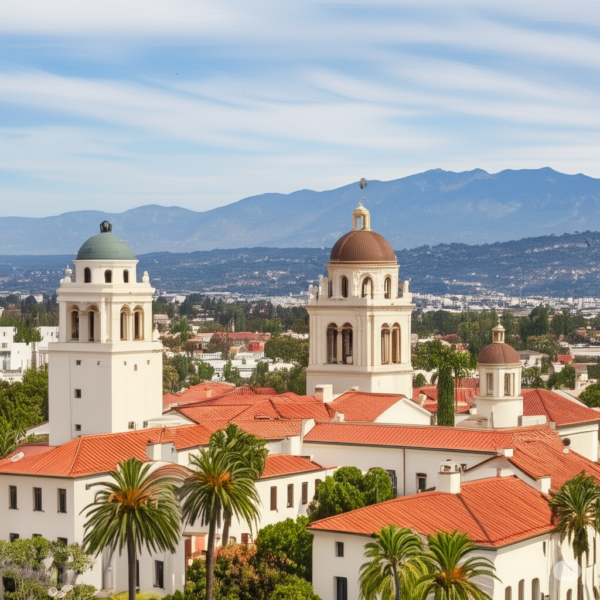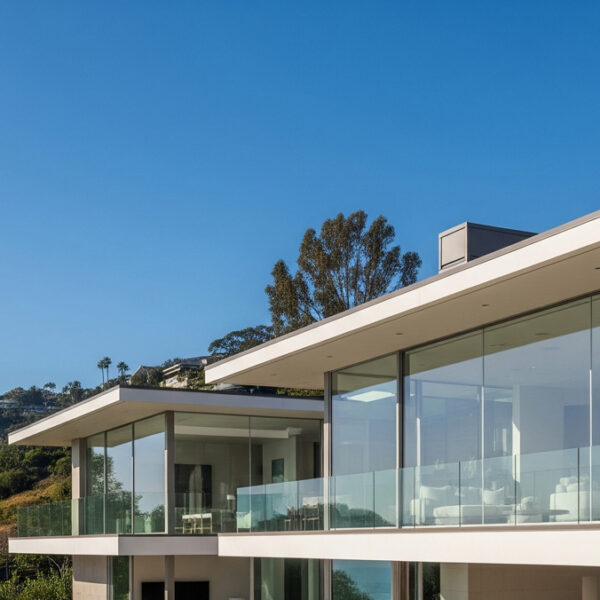As our world becomes increasingly digital, the role of physical public spaces is being reimagined. In Pasadena, a city where architecture and community identity are deeply intertwined, this transformation is both subtle and significant. Public spaces are no longer designed solely for utility. They are evolving to foster a deeper sense of presence, belonging, and connection.
From libraries and performance venues to community hubs and boutique cafés, interior design is shaping how people gather and interact. These environments are being crafted with purpose, reflecting a shift toward thoughtful, human-centered design.
A New Standard for Public Environments
Traditional public spaces prioritized capacity and accessibility. Today, successful environments are measured by their ability to engage the senses, create comfort, and invite connection. In Pasadena, this is being accomplished through design strategies that prioritize warmth, light, and spatial flow.
Design elements such as natural textures, subtle color palettes, layered lighting, and flexible seating areas have become essential. These choices reflect leading interior design trends that emphasize softness, simplicity, and emotional resonance.
The Influence of Nature and Light
Pasadena’s mild climate and proximity to nature make it an ideal canvas for integrating outdoor elements into interior public design. The inclusion of large windows, open-air courtyards, greenery, and soft natural light creates spaces that feel grounded and calm.
This connection to nature does more than beautify a space. Studies suggest it supports mental wellness, encourages longer stays, and enhances community engagement. In modern libraries, cultural centers, and co-working spaces throughout Pasadena, nature is no longer an afterthought. It is a design feature with intention.
Design That Encourages Human Interaction
The most impactful public spaces feel personal. A well-placed bench beside a window, a quiet reading corner, or thoughtfully designed acoustics in a gallery all play a role in how people experience and use a space.
Across Pasadena, designers are paying close attention to how layout and materials affect human interaction. The goal is to create an environment where connection happens naturally. This includes designing for multiple generations, accommodating accessibility needs, and using materials that convey warmth and welcome.
Quiet Elegance in Community Design
What distinguishes Pasadena’s public environments is their understated elegance. Even in civic buildings and shared spaces, there is a clear emphasis on detail and material quality. Renovations to long-standing community landmarks often honor the original architecture while incorporating modern amenities and design trends that reflect current lifestyle needs.
This approach strengthens neighborhood character and supports long-term property value. It also reinforces Pasadena’s identity as a city that values both tradition and innovation.
Conclusion
Public spaces are no longer simply functional zones. In Pasadena, they are becoming refined expressions of culture and community. Through design, these environments invite conversation, creativity, and a renewed appreciation for shared physical presence.
As cities continue to adapt, Pasadena offers a compelling example of how well-designed spaces can quietly yet powerfully bring people together.

